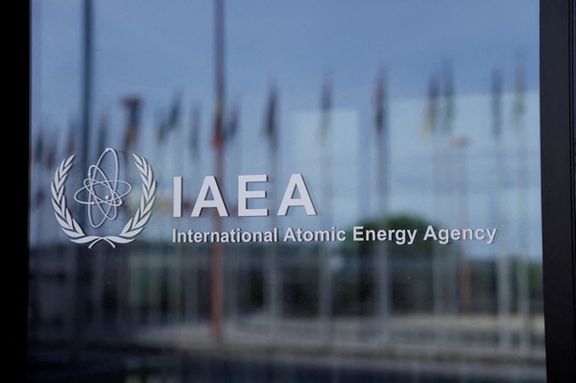Iran's uranium enrichment rolls on, key issues stalled - IAEA report

Iran continues to produce highly enriched uranium, and Tehran has not enhanced its cooperation with the UN nuclear watchdog, despite a resolution urging it to do so at the agency's last board meeting, according to the IAEA .
Despite the resolution passed at the last quarterly meeting of the International Atomic Energy Agency's 35-nation Board of Governors in June, nuclear diplomacy has largely been on hold with the election last month of Iranian President Masoud Pezeshkian and the US presidential election due in November.
"The (IAEA) Director General (Rafael Grossi) expresses the hope that his initial exchange with President Pezeshkian will be followed by an early visit to Iran and the establishment of a fluid, constructive dialogue that swiftly leads to concrete results," said one of the two confidential, quarterly IAEA reports sent to member states on Thursday, according to Reuters.
There has been no progress in the past quarter on several long-standing issues that have soured relations between the IAEA and Tehran, including Iran's barring of IAEA inspectors specialized in enrichment and Iran's failure to explain uranium traces at undeclared sites, the reports showed.
Iran decided in December 2020 to expand its uranium enrichment and reduce cooperation with the IAEA, demanding the lifting of US sanctions. This step followed the election of President Joe Biden, who had publicly pledged to return to the 2015 JCPOA nuclear agreement. Year-long multilateral talks that followed in Vienna failed to bring about an agreement on the revival of the deal.
At the same time, the Islamic Republic has added cascades, or clusters, of centrifuges, machines that refine uranium, at its main enrichment sites in Natanz and Fordow, according to the latest IAEA reports seen by news agencies on Thursday.
It has installed eight more cascades of advanced IR-6 centrifuges at Fordow, a site dug into a mountain, bringing the total there to 10, although the new ones had not yet been brought online, meaning they are not yet enriching uranium hexafluoride (UF6) gas, one report showed.
Iran's stock of uranium in UF6 form enriched to up to 60% purity, close to the roughly 90% of weapons grade, grew by an estimated 22.6 kg to 164.7 kg, one of the reports said.
According to an IAEA yardstick, that is 2 kg short of being enough, in theory, if enriched further, for four nuclear bombs.
By the same measure Iran now has enough uranium enriched to up to 20% purity, if enriched further, for six bombs.
In July, US Secretary of State Antony Blinken remarked that Iran's nuclear breakout time—the period required to produce sufficient amount of 90% enriched uranium for a bomb—has likely been reduced to "one or two weeks."
Iran is reportedly intensifying efforts on its secretive nuclear weapons program, bringing the country closer than ever to developing a nuclear bomb—a threat that has loomed for over two decades.
Earlier in the month, Abbas Araghchi, the newly appointed Iranian Foreign Minister, declared that the revival of the 2015 JCPOA nuclear deal with the six major world powers is "untenable in its current form."
(Reporting by Reuters)